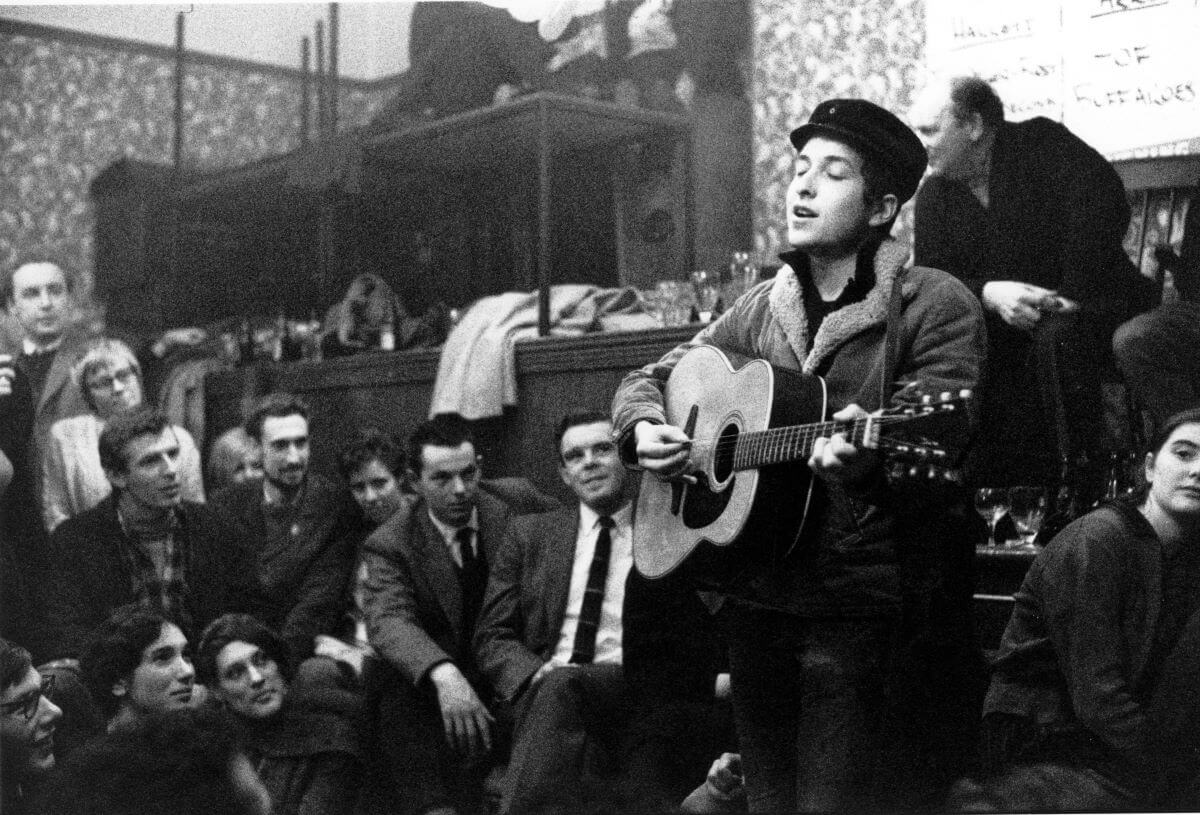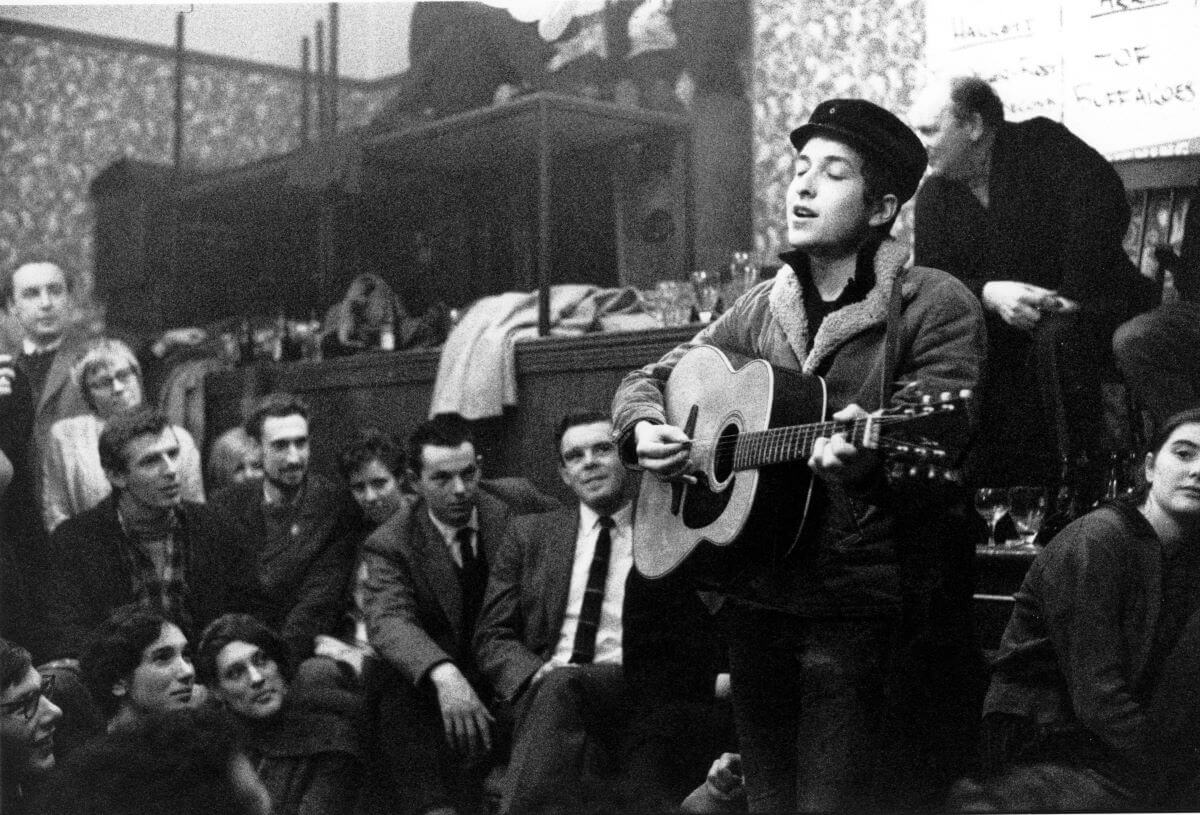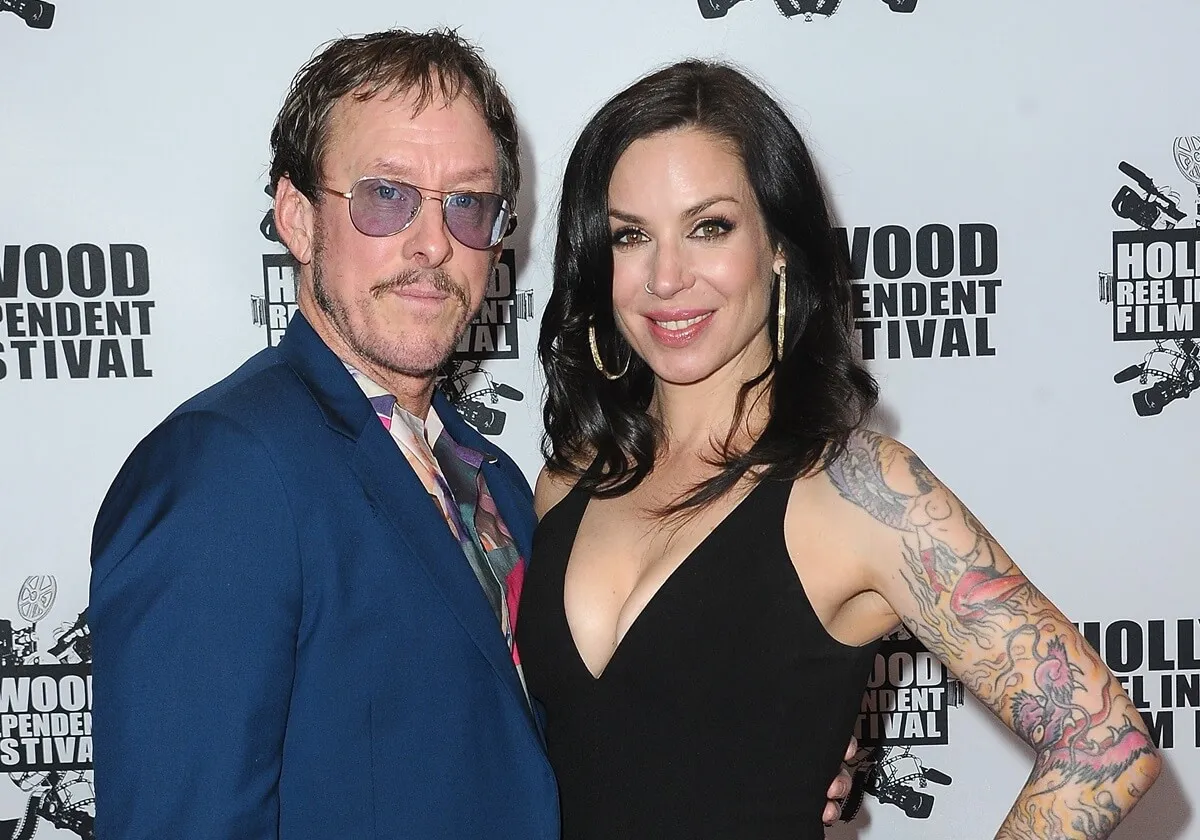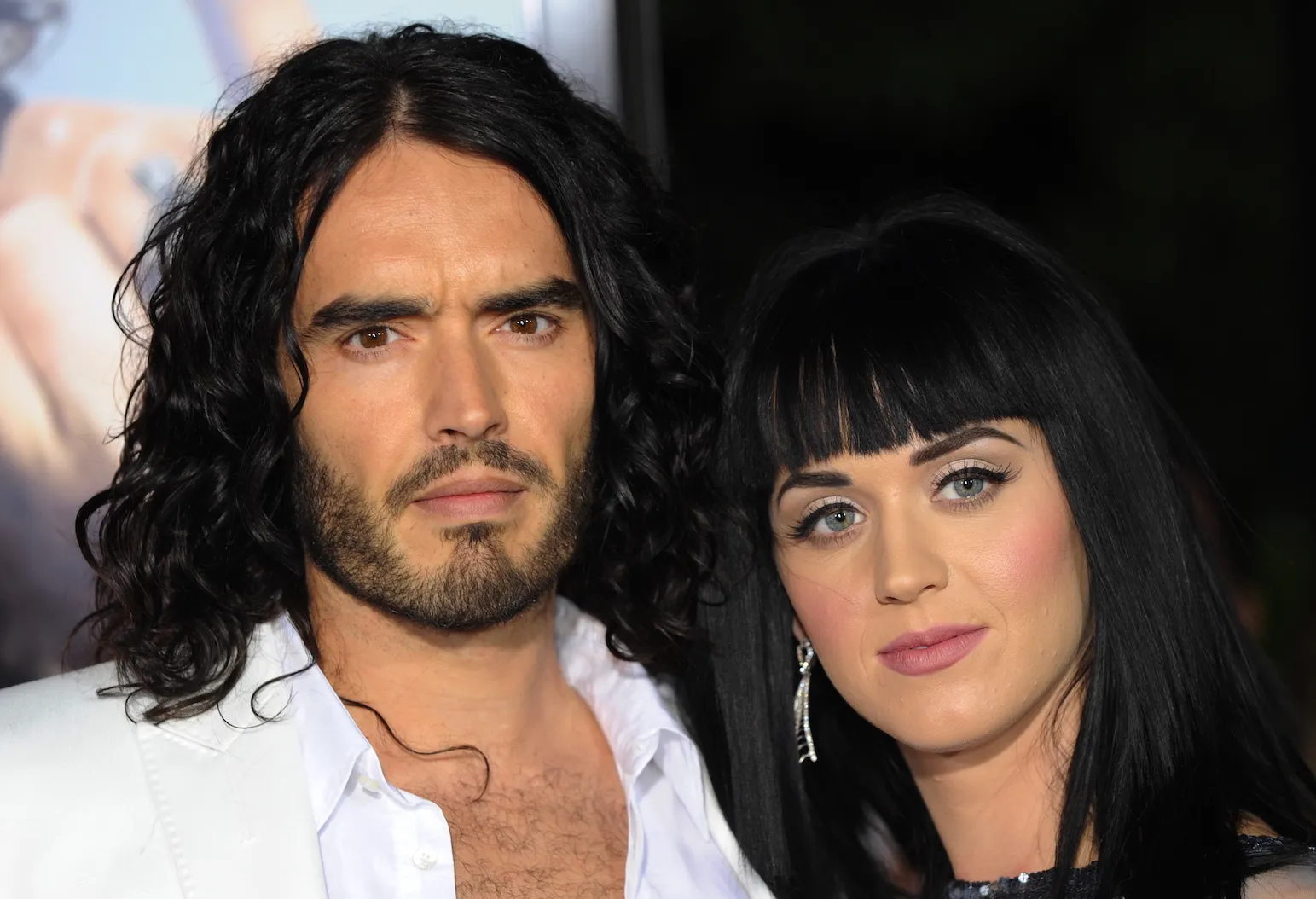
Bob Dylan Once Said He ‘Own[s] the Sixties’ — Is He Right?
In the Sixties, Bob Dylan rose to prominence alongside many other artists. It was a significant decade for music, and the artists who found success provided key inspiration for musicians in later decades. Despite all the acts that defined the decade, Dylan once said that the Sixties belonged to him. He was an influential musician, but did he “own” the decade?

Bob Dylan rose to prominence in the Sixties
In 1961, Dylan moved to New York City to meet Woody Guthrie and become an established musician. He succeeded on both counts. Dylan became one of the few people Guthrie’s family trusted to meet with him. He also became a well-known artist, even if he got a rocky start. When he first arrived in New York, he struggled even to find places to perform for free because of his lack of experience.
“Nobody wanted to hire Bobby,” musician Dave Van Ronk said, per the book Down the Highway: The Life of Bob Dylan by Howard Sounes. “He was too raw.”
By the time he released his second studio album, The Freewheelin’ Bob Dylan, in 1963, his luck had changed. Unlike his first album, Freewheelin’ was primarily composed of songs Dylan wrote. It brought him increased exposure from larger artists like Johnny Cash and fully set his career in motion. By the time he introduced electric instruments to his albums in the mind-1960s, he had established himself as one of the biggest names of the decade.
Bob Dylan said he owns the Sixties
Dylan was undoubtedly one of the biggest artists to come out of the 1960s, a fact that he readily acknowledges.
“You know, everybody makes a big deal about the Sixties,” he told Rolling Stone in 2006. “The Sixties, it’s like the Civil War days. But, I mean, you’re talking to a person who owns the Sixties. Did I ever want to acquire the Sixties? No. But I own the Sixties — who’s going to argue with me?”
He believed that he wrote songs with staying power, songs that people were still playing, covering, and breathing new life into.
“My old songs, they’ve got something — I agree, they’ve got something! I think my songs have been covered — maybe not as much as ‘White Christmas’ or ‘Stardust,’ but there’s a list of over 5,000 recordings,” he said. “That’s a lot of people covering your songs, they must have something. If I was me, I’d cover my songs too. A lot of these songs I wrote in 1961 and ’62 and ’64, and 1973, and 1985, I can still play a lot of those songs — well, how many other artists made songs during that time? How many do you hear today? I love Marvin Gaye, I love all that stuff. But how often are you gonna hear ‘What’s Going On’? I mean, who sings it? Who sings ‘Tracks of My Tears’? Where is that being sung tonight?”
Well, did he own the Sixties?
Dylan was, without question, one of the most influential artists of the decade. “Blowin’ in the Wind” was a defining song of the civil rights movement, and Dylan’s songwriting captured the era. With this considered, though, we can still definitively say no, Dylan did not own the Sixties.
He was influential, but so were many other artists; is it really possible to think about the Sixties without The Beatles coming to mind? Beyond that, though, the 1960s saw advancements across various genres. Psychedelic rock, blues rock, R&B, soul music, and country music all evolved with promising new artists and sounds. The decade saw so many different kinds of music done well. It’s impossible to say that one artist was the most successful or influential.


